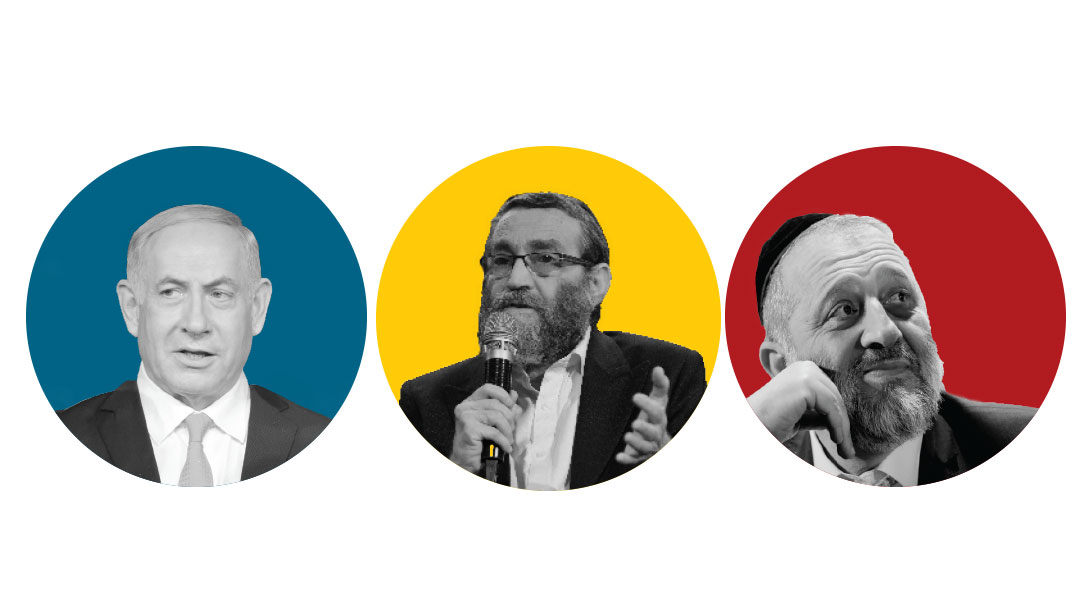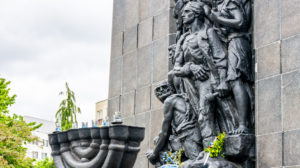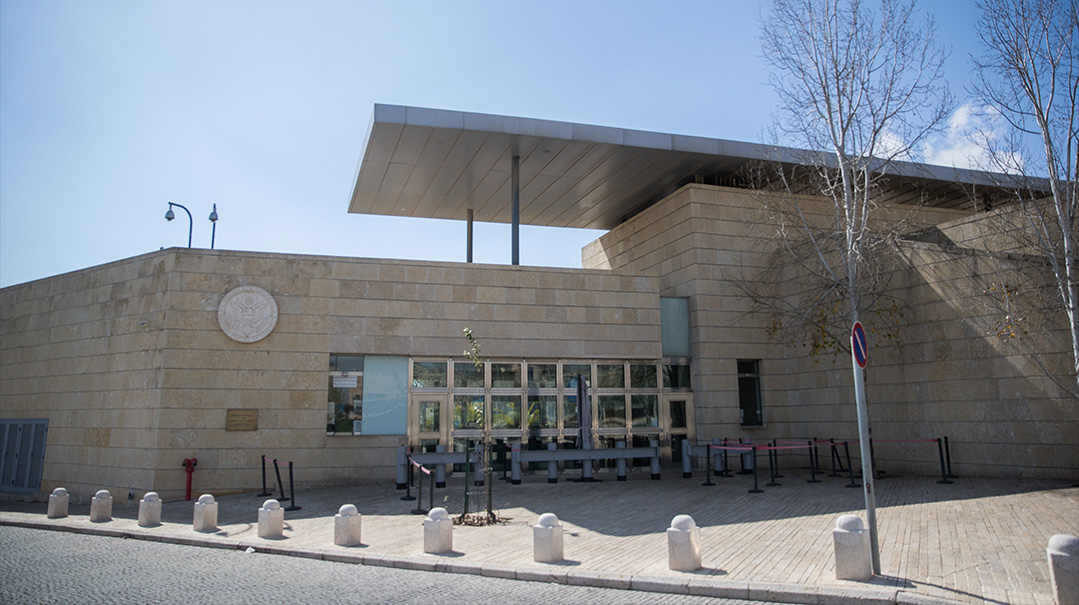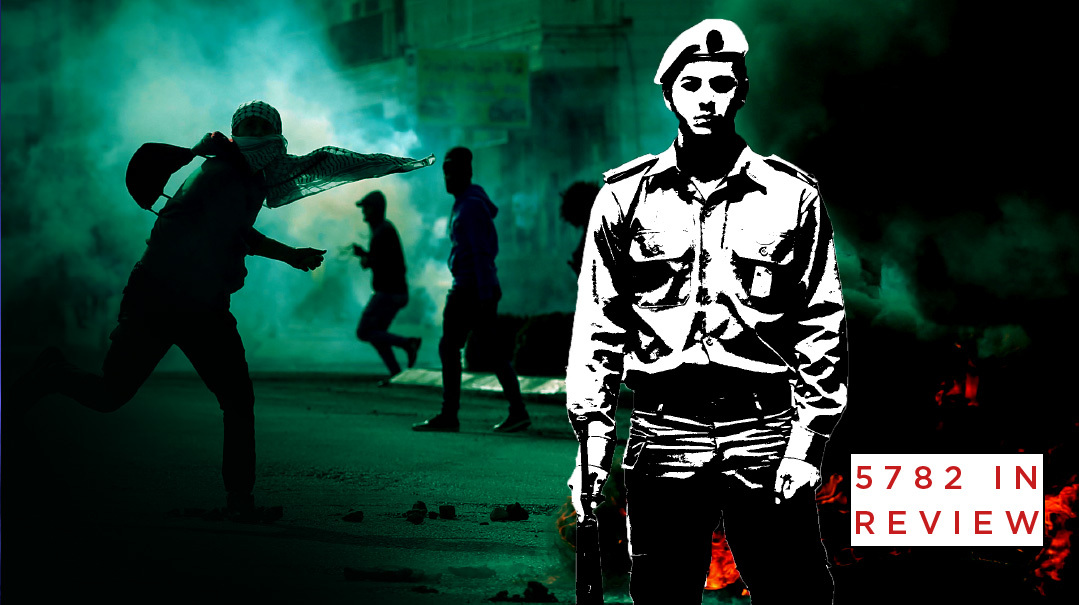Intense Rivalries Dominate Israeli Campaign

Third elections, four outcomes

Photos: Flash90
In three weeks, Israelis will head to the polls for the third time in 12 months. As of this writing, neither the right nor the left-wing seems capable of breaking the political stalemate that has plagued Israel for the last year.
Most of the parties are running surprisingly low-key campaigns. For the Blue and White Party, that’s a strategy: the center-left party led by Benny Gantz intends to concentrate all of its resources on the last two weeks of the race, a lesson they claim to have learned from the previous two campaigns.
According to sources inside the party, Blue and White intends to focus on the poor performance of Israel’s national health service: elderly patients sleep in the hallways due to overcrowding, waiting times for specialist care are endless, and doctors work impossible shifts. Their negative campaign will also focus on the indictment facing Likud party leader Binyamin Netanyahu, of course, and question his ability to carry out his duties while under a legal cloud.
Meanwhile, the Likud is pouring all its resources into the ground game. Netanyahu is expected to hold campaign rallies in cities across Israel, while attempting to focus national attention on the annexation of West Bank settlements and improvement in relations with Arab neighbors. His central message: Victory is within our grasp.
However, polls show each of the parties winning roughly the same number of votes as last election. Therefore, there are four theoretical scenarios for what might happen after March 2.
The first possibility is a fourth election. This is the most realistic scenario — and the least desired. The second possibility is a government led by Blue and White leader Benny Gantz. But even with Labor’s Amir Peretz and Avigdor Lieberman’s Yisrael Beitenu joining Gantz, the coalition musters just 50 seats. In that scenario, Blue and White would then have to enroll the Arab Joint List, which is expected to win 14 seats. That coalition could work for a brief transition government, but is not stable in the long term.
Gantz and Lieberman reportedly believe one of the chareidi parties, or perhaps Yamina (a coalition of the New Right, Jewish Home, and National Union), might defect from the right-wing bloc to prevent a fourth contest. Indeed, Shas chairman Aryeh Deri said this week that if the March 2 election results in another stalemate, he will join with Gabi Ashkenazi (one of the leading quartet of Benny Gantz’s Blue and White party) to form a unity government. But, he added, “I hope we get 61 seats and don’t need any favors.”
The third possibility is a government without Binyamin Netanyahu, courtesy of the Israel’s High Court, which may rule that Netanyahu is unfit to form a government while under indictment. In that scenario, a Likud government would be led by someone other than Bibi.
The final possibility is that the right-wing bloc, which is currently projected to win between 55-58 seats in the election, wins 61 seats and forms a government, with Netanyahu at the helm.
It can be confidently asserted that the chances of a Gantz transition government are small, but extant. The choice then is between a majority Netanyahu (or Likud) government or fourth elections in late 2020.
But how could the right emerge victorious? After all, since September the cherished goal of right-wing voters has only receded further; the annexation of the Jordan Valley and the settlements has been put off.
(Excerpted from Mishpacha, Issue 798)
Oops! We could not locate your form.













